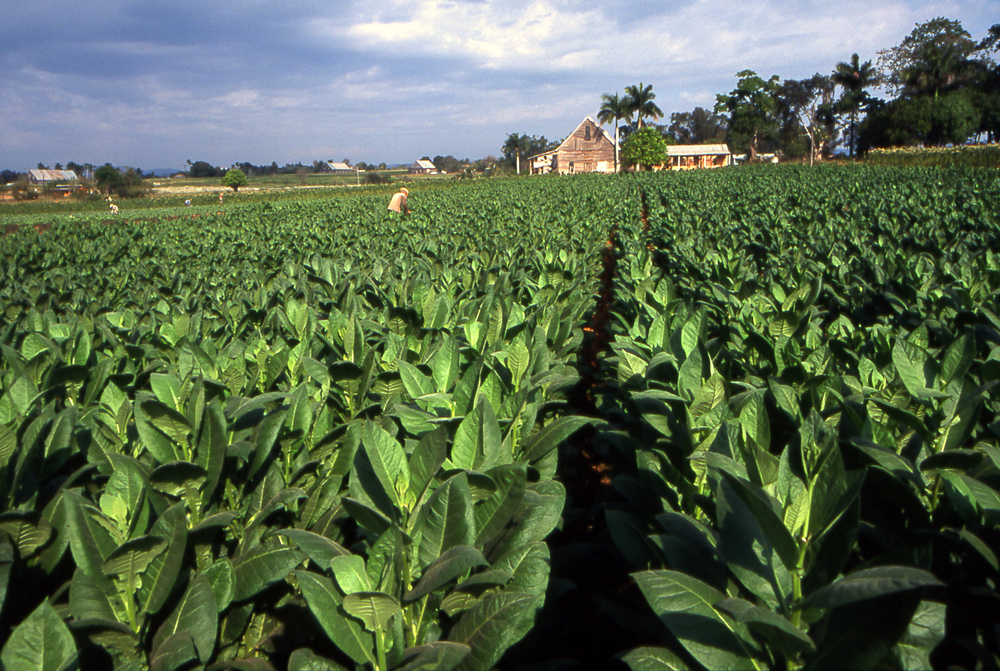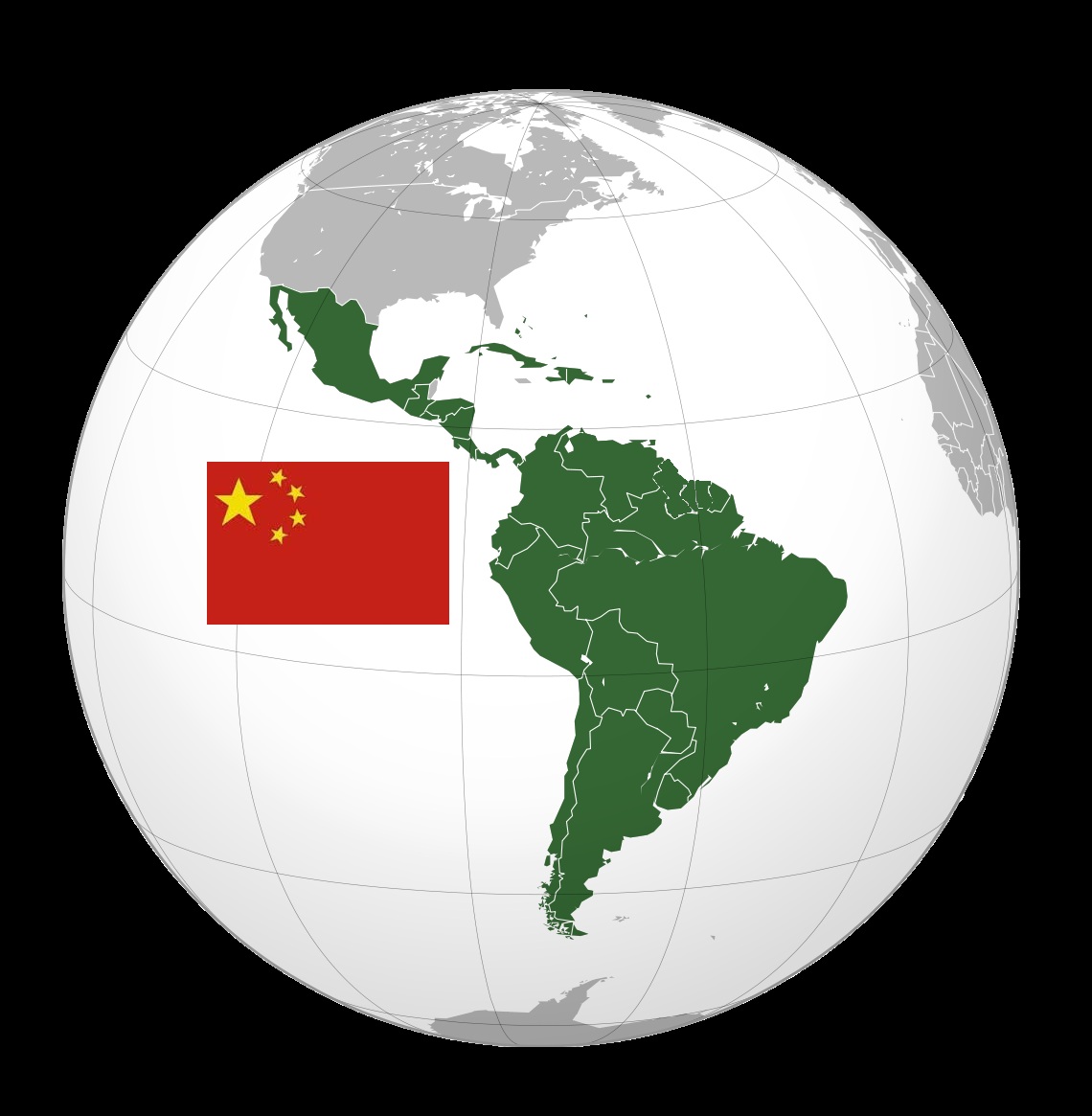In 2015, a political shift of critical importance occurred in the Americas —Cuba and the United States initiated the normalization of diplomatic relations. As part of this policy, the United States would begin to lift its embargo on Cuba. The easing of economic sanctions will have a profound effect on both Cuban and American economies. One sector where this is abundantly evident is in agriculture.
There was a time in history where Cuba and the United States shared an intimate and productive agricultural partnership. Prior to the Cuban Revolution, the United States was a key market for Cuban agricultural products and Cuba was the prime destination for U.S. food producers. From 1956-1958, Cuba was the ninth largest market for U.S. agricultural exports averaging $139 million (USD) per annum. Cuba was the second largest supplier of U.S. agriculture imports at approximately $408 million (USD) per annum. In today’s currency, that would be $600 million (USD) and $2.2 billion (USD) respectively. The top US exports to Cuba were pork, rice and wheat flour. The top Cuban imports to America were sugar cane, coffee, tobacco and molasses.
After the Cuban Revolution, the trade relationship between Cuba and the U.S. rapidly deteriorated. The new Cuban government led by Fidel Castro, seized U.S. assets in the country. The American government, under the Kennedy administration, responded by imposing harsh sanctions against Cuba. Castro’s agricultural policy, in line with his communist sympathies, shifted from the United States to the Soviet Union, the Warsaw Pact countries and China. By 1961, the US/Cuban agricultural relationship was virtually nonexistent. In 1964, the US Government, via the Department of Commerce, banned the sale of US food and medicine to Cuba with the exception of humanitarian donations.
At present, US-Cuban agricultural trade works within the framework of the Trade Sanctions Reform and Export Enhancement Act (TRSA) of 2000. This piece of legislation authorized the sale of certain food and medical products to Cuba. The Cubans accepted this policy on the grounds that it might serve as a useful measure to combat emergency food shortages and the agricultural devastation which often stems from natural disasters. The TRSA, however, does not allow for the United States to import food from Cuba.
If the United States reinstitutes normal trade relations (NTR) with Cuba, both countries stand to benefit immensely. In the short term, the current restrictions of the TRSA will be lifted. This will most significantly allow Cuban goods to flow back into the United States, which will allow Cuba to once again prosper from the vast U.S. food market. In the long term, the normalization of trade will likely culminate in significant agricultural trade growth between the two countries. According to partial-equilibrium models, U.S. agricultural exports to Cuba would have risen from $321 million to approximately $550 million if restrictions had been lifted in 2006. This would suggest that agricultural trade between the two nations will see an impressive rise under a more liberal trade regime.
The new American foreign policy towards Cuba is showing some promise in this regard. The rapprochement with Cuba, even as it currently unfolds, indicates that restrictions on bilateral trade will be removed and transaction costs reduced. There appears to be a willingness on both sides to cooperate on important bilateral policy issues such as relaxing financial restrictions and U.S. travel to Cuba. Cooperation in these policy areas will prove to be critical in facilitating a prosperous new agricultural trade relationship between Cuba and the United States.
Both American and Cuban governments must ask themselves some serious questions. What is the value of maintaining the status quo? What utility does the TRSA provide? What kind of future do we envision for US-Cuban relations? These are not simple questions and their answers will seldom be straightforward. However, it is important to ask them and it is important to pursue the answers. In a world evermore defined by globalization and liberalization, the United States and Cuba find themselves at a critical and dynamic crossroads.




